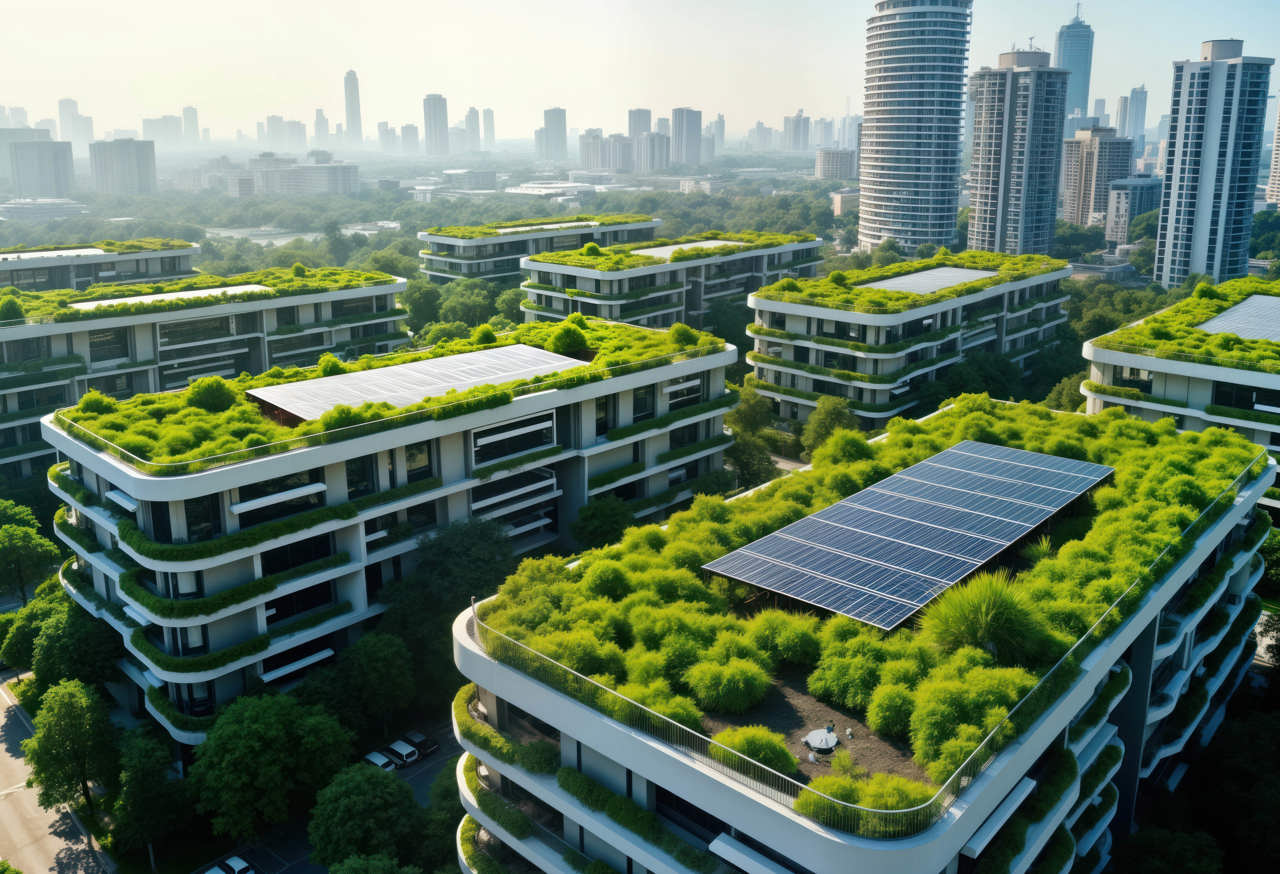Energy transition
Energy transition explained
Answers you need for the Energy Transition journey. Written by our energy experts.

Follow us
Follow us on our channels and stay up-to-date on all things energy transition.
Get in touch
If you would like to know more about our services and how we can help you with energy transition.





